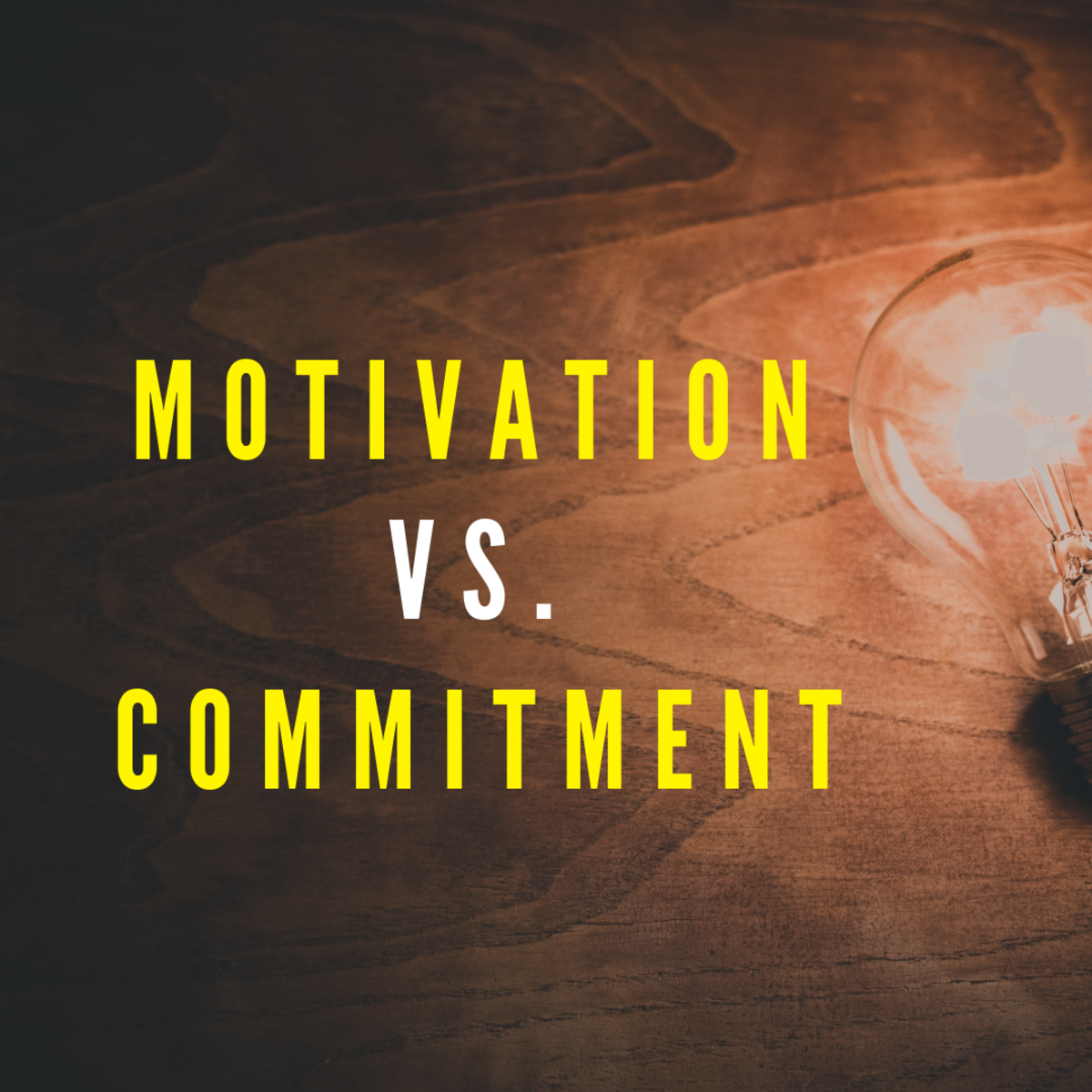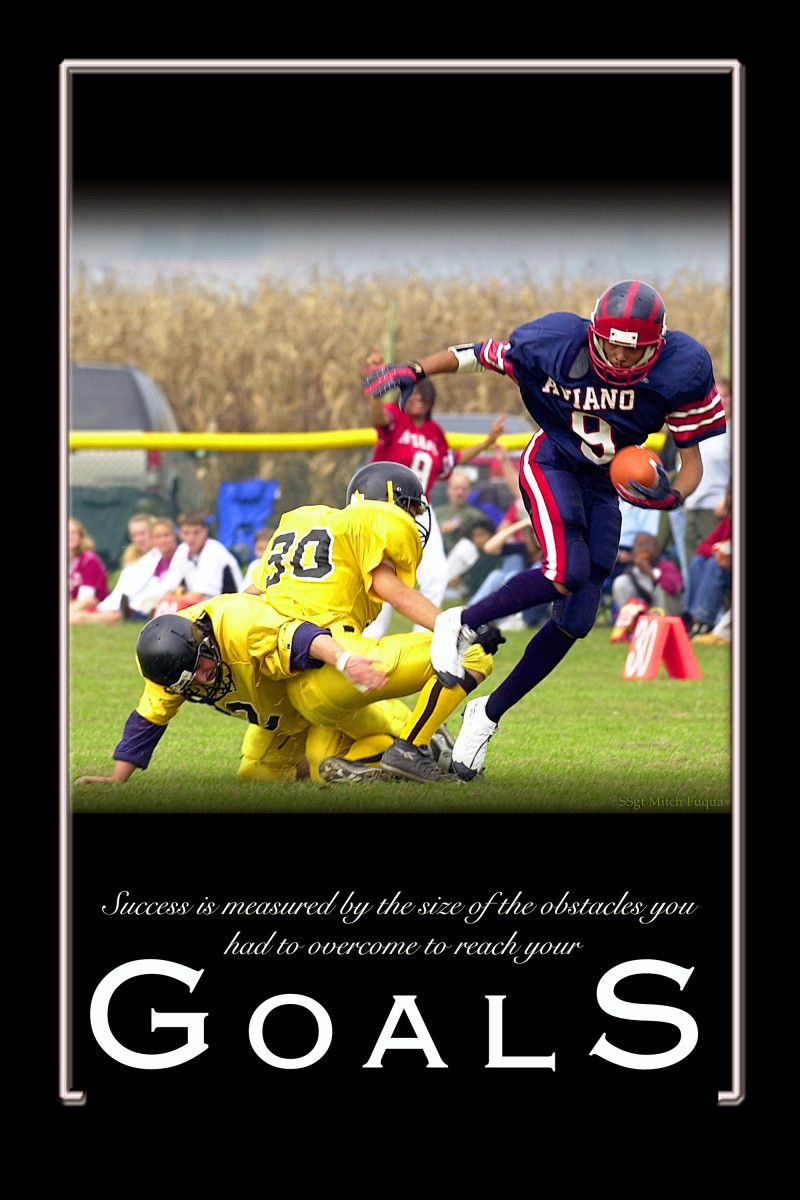How to Achieve Personal Growth and Balance I - the fire within
Introduction
Life is difficult, and complicated, and beyond anyone’s total control, and the humility to know that will enable you to survive its vicissitudes.” - J.K. Rowling, author of the best-selling Harry Potter book series, in her Commencement Address, “The Fringe Benefits of Failure, and the Importance of Imagination,” at the Annual Meeting of the Harvard Alumni Association in 2008.
There are many sites on the Internet offering various get-rich-quick, easy steps to success and other such inducements to separate you from your hard-earned cash, on the assumption that everyone wants to improve their lives.
My view is that people do want to improve their lives, and many very sincerely do buy into these schemes with the best of intentions. However, I think that these schemes ignore the fact that there really isn’t an easy, quick way to achieve personal growth and ultimately success. If there were, there would be far fewer poor people than there are in the world, and wealth would not be concentrated in the relatively few hands which hold it now. And I think that many sincere people realize this, but hope that it might be different, at least in their cases.
The fire within
Stephen R. Covey, in his great book The Seven Habits of Highly Effective People put his finger directly on the problem with such schemes. Speaking of the so-called “success literature”, he remarked that “It was filled with social image consciousness, techniques and quick fixes – with social band-aids and aspirin that addressed acute problems and sometimes even appeared to solve them temporarily, but left the underlying chronic problems untouched to fester and resurface time and again.”
Whatever one might think of Covey and his religious background, he has in this book produced a powerful antidote to the superficial, and ultimately dishonest, success literature that promotes what he calls the “Personality Ethic.” In another great book Covey and his co-authors Roger and Rebecca Merrill – First Things First – propose that what keeps us going, what makes us keep on trying to get better, is what they call “the fire within.”
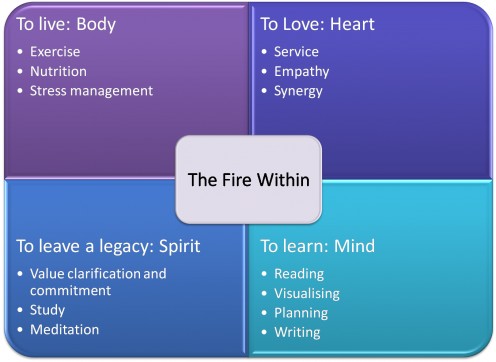
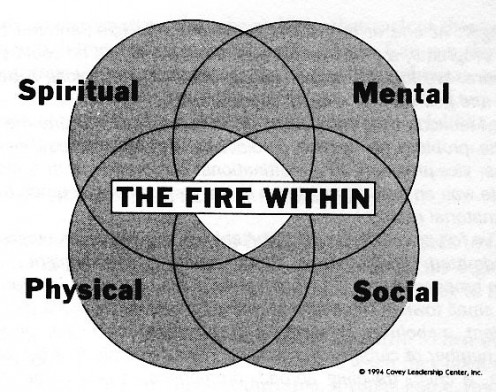
Stephen R. Covey books
The four part model
The fire within comes from the intersection of four aspects of our lives: the mental, the physical, the spiritual and the social. These four aspects need to be kept in balance and in relation to each other for the fire to burn strongly.
The authors sum up these aspects and their underlying human motivating needs as the need to live, to love, to learn and to leave a legacy.
Many spiritual writers speak of the four-fold make up of the totality of the human person as being the mind, the body, the heart and the spirit.
I have developed, in my practice of facilitation and coaching over the years, a model which tries to combine these two approaches to personal development and growth, with corresponding ways to stoke the fire within, to keep oneself moving and growing.
Personal growth and success are not destinations but processes. We will never be able to gratefully sit down in our favourite chair and say, with a satisfied smile, “Now I’ve arrived.” The word “growth” is indicative of process. Change, as some have pointed out, is the only constant in life, and if we have the right relationship to change, we turn it into growth. And the right relationship to change is to see it as constantly new opportunities to learn and grow. Otherwise the change will roll over us and crush us. We can’t stop the process of change, nor do we need to regard it as a threat. It’s always there and how we respond to it will be key to our survival.
The point of the model is that it is not useful or growthful to concentrate only on one of these aspects: they all need to be activated and acted on all the time, they are not separate entities. We cannot concentrate on learning, for example, and neglect the body, because the body will wither and become less effective as the vehicle for our learning.
As the authors warn in the book: “We think of ‘balance’ as running from one area to another fast enough to spend time in each one on a regular basis. But the ‘touching base’ paradigm ignores the reality of their powerful synergy. It’s where these four needs overlap that we find true inner balance, deep fulfillment, and joy”
So how do we achieve this kind of balance in our lives? This is, of course, the difficult part, the part where the hard work comes in.
More relevant Hubs
- How to see beyond the ordinary
How to see beyond the ordinary There is a saying that some have eyes but cannot see. Another saying goes there is a difference between seeing and looking. - Resistance and Personal Growth
I started thinking about some topics on Personal Growth, my thoughts go to why do we humans become Resistant to so many things in our life? Why is it that we do things which we know before we do it; will... - How To Feel Good
Some days we feel so down in the dumps and cant understand why. We try to get out of it and sometimes we are successful and at other times not. That's because we are pure energy and we pick up whatever... - A Daily Dose of Positive Affirmations
In order for you to have balance in your life, you must be aware of two laws, the law of attraction as well as the law of repulsion. If you only focus on negativity and repulsion, you will limit your success...
So now what?
"Practice being kind to yourself in small, concrete ways. Look at your refrigerator. Are you feeding yourself nicely? Do you have socks? An extra set of sheets?" - Julia Cameron, in The Artist's Way (Pan, 1995).
Personal growth is all about change, development and the process of becoming what Soren Kiekegaard called “the fully functioning person.” It’s a journey, a process that will continue from birth to death, with many ups and downs. The important thing is to stay open to the process and have trust that wherever it leads it will be worthwhile.
As Winston Churchill said: "For myself I am an optimist - it does not seem to be much use to be anything else."
And he also said: "A pessimist sees the difficulty in every opportunity; an optimist sees the opportunity in every difficulty."
Once on the road to growth towards our full potential it’s the journey itself that is the point, not the destination.
"Develop interest in life as you see it; in people, things, literature, music - the world is so rich, simply throing with rich treasures, beautiful souls and interesting people. Forget yourself." - Henry Miller
Reading on
This Hub is part of a five-part series on balance and growth. It is the first part of what was one rather long Hub which I have now edited and divided to make reading easier. The comments below relate to the original version of the Hub.
The other four Hubs can be found here:
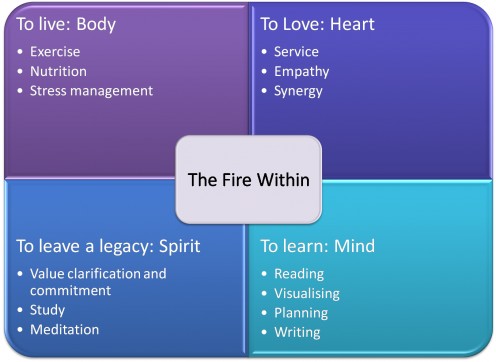
- How to Achieve Personal Growth and Balance II - living in our bodies
Part two of a five-part series on achieving balance and personal growth - How to Achieve Personal Growth and Balance III - the life of the mind
Part Three of a five-part series on Personal Growth. Looking at growing the life of the mind through reading, visualising, planning and writing - How to Achieve Personal Growth and Balance IV - expanding the heart
This is the fourth part of a five-part series on how to achieve growth with balance in one's personal life. This part focuses on the heart, the capacity to love and empathise, the social nature of human beings. The factors of service, empathy and syn - How to Achieve Personal Growth and Balance V - the life of the spirit
Part Five of this five-part series on personal growth looks at the importance of values, study and meditation.
Copyright Notice
The text and all images on this page, unless otherwise indicated, are by Tony McGregor who hereby asserts his copyright on the material. Should you wish to use any of the text or images feel free to do so with proper attribution and, if possible, a link back to this page. Thank you.
© Tony McGregor 2011




